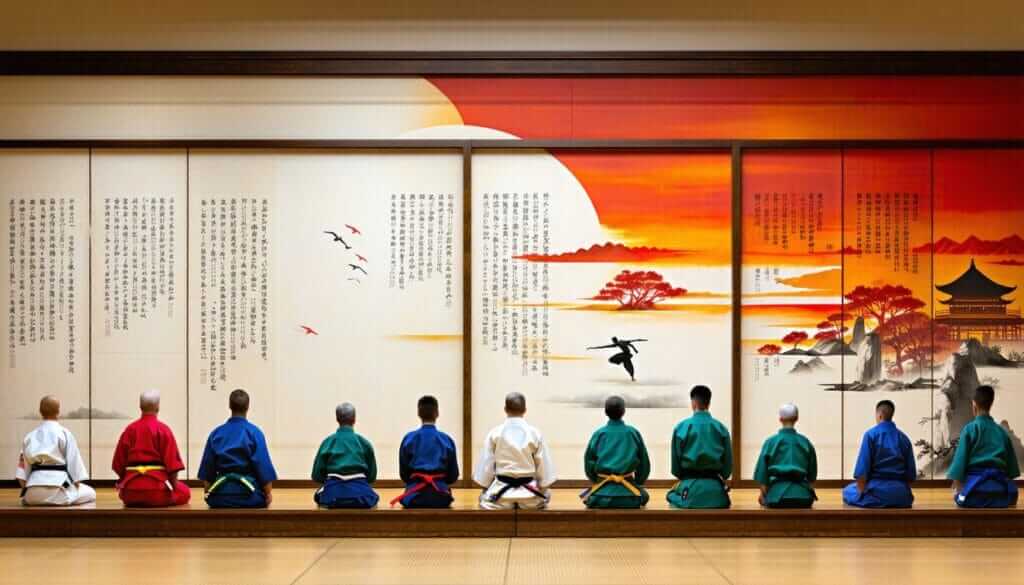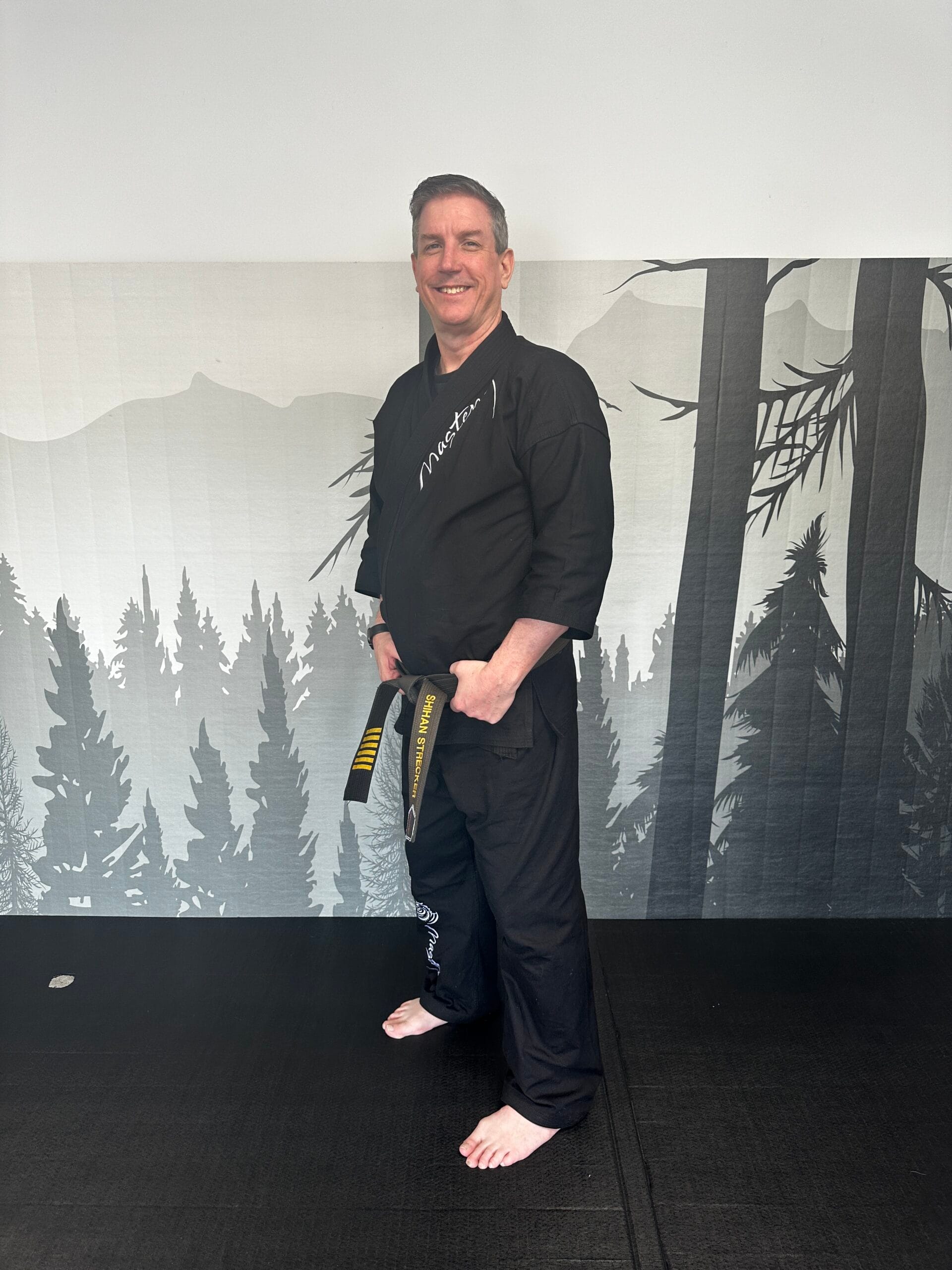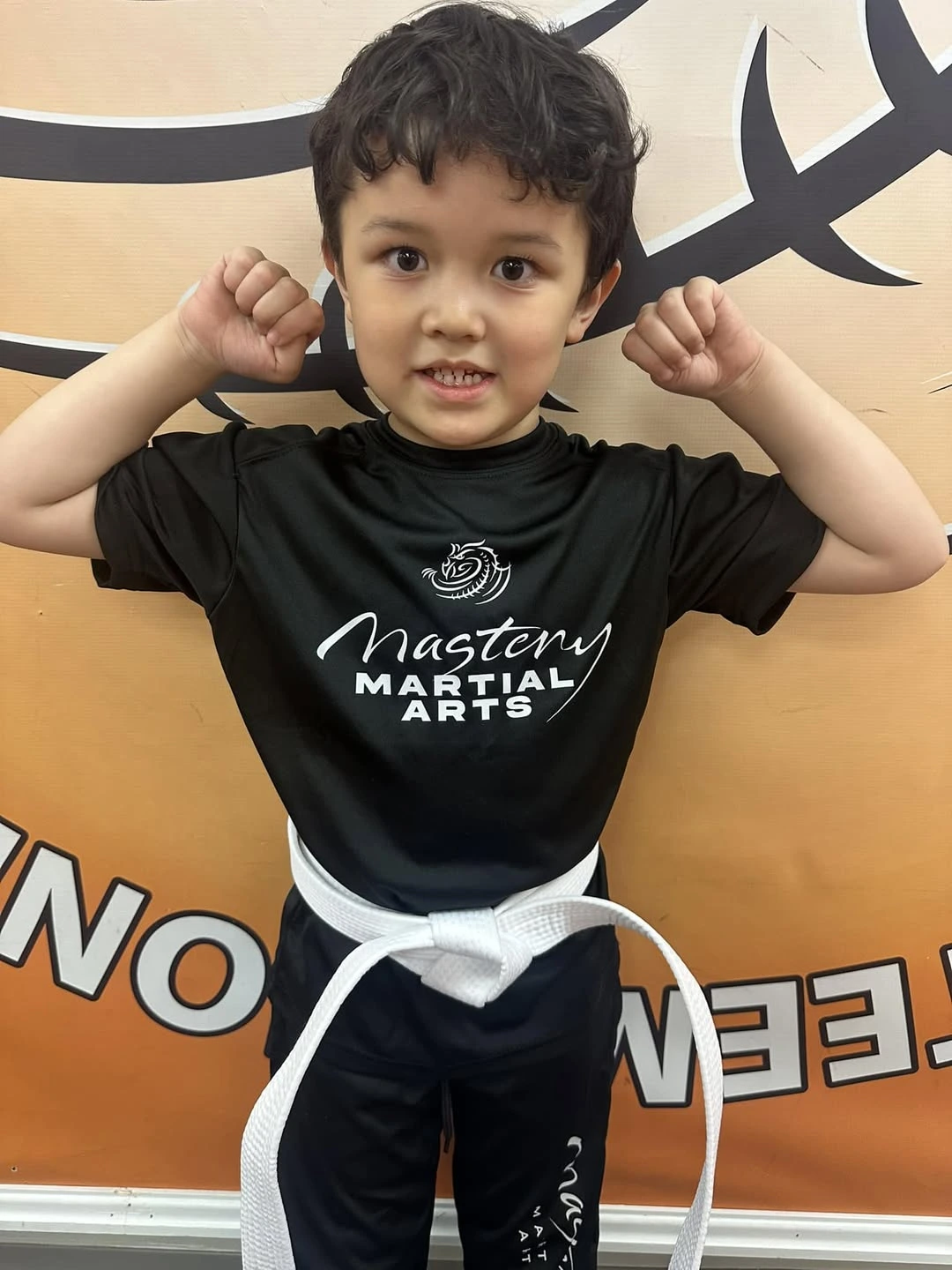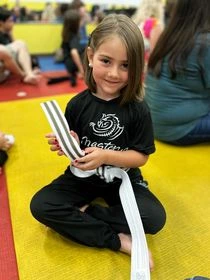Evolution of Belt Ranking
Origins of Belt System
Back in the day, martial arts folks in Japan didn’t fuss over colored belts to show off their rank. Nope, they had a different system entirely. People were awarded with licenses like Kirikami, Mokuroku, Menkyo, and Menkyo Kaiden, which basically told everyone how much they knew and how long they’d been at it. To break it down, Kirikami was like a badge you earned in one to three years, but if you hit Menkyo Kaiden status, you were the real deal—a master.
It was Master Jigoro Kano who got everyone thinking about adding belts into the mix. When he founded Judo in the late 1800s, he kicked things off with just white and black belts. Simple, right? White said you were just getting started, and black meant you were the teacher in the room. That idea stuck and spread out across other martial arts popping up afterwards .
Introduction of Colored Belts
Fast forward to the early 1900s, karate hits the scene, and with it came a rainbow of colored belts. Students needed a way to see how far they’d come, so they started dyeing their white belts different colors. It was especially popular after World War II in Japan and Korea, when everyone was all about marking their progress on a budget.
We owe a nod to Dr. Jigoro Kano again for making colored belts a standard thing in martial arts schools. His system got picked up by karate icons like Gichin Funakoshi of Shotokan Karate fame, who tweaked it for his students. The belt colors soon spread even more, moving into other styles like tae kwon do, thanks to influential teachers such as Byung Jick Ro in the 1940s.
These belts aren’t just about who knows what—they tell a story. The story of a student’s growth and dedication. And they’ve given birth to rich martial arts belt ranking traditions that we still honor and pass down to this day.
Early Martial Arts Ranking
The age-old tradition of martial arts ranking is a fascinating blend of customs and foundational practices. What started as simpler systems have evolved into the well-organized belt systems we’re familiar with today.
Japanese Three-Level System
Back in the day in Japan, martial arts schools kept it simple with a three-tier ranking: Shodan (beginner), Chudan (middle), and Jodan (upper). Hitting the Jodan rank was a big deal because it unlocked the school’s secret teachings.
This early system was all about what you could do and how much you understood. Unlike today’s visible belts, ranking back then was more about what you knew. There were also special licenses you could earn based on how long you trained and what you’d learned. Here’s a quick look:
| License Type | Description | Timeframe |
|---|---|---|
| Kirikami | Got this introductory license after 1-3 years | 1-3 Years |
| Mokuroku | Learned the tricks of the trade in about 3-5 years | 3-5 Years |
| Menkyo | Teachable status, usually came about 2-10 years after Mokuroku | 5-10 Years |
| Menkyo Kaiden | Showed you had it all mastered | Many years down the road |
These ranks and licenses mapped out a student’s journey in a formal way, minus the colorful belt visuals we see today.
Okinawan Grading Tradition
Okinawan Karate had its own way, more hush-hush than its Japanese counterpart. Here, progression was judged by years of dedication, what you’d learned, and how your character grew. Unlike the public displays of skills, recognition was something between the student and the teacher.
This method was influenced by Okinawa’s unique cultural dynamics, where keeping things under wraps was sometimes the way to go due to outside societal factors. The focus was more on self-improvement rather than displaying rank for all to see.
As karate has grown over the years, the shift from secretive assessments to structured, visual systems has played a key role in making martial arts what it is globally. For the full scoop on how belt rankings came about, check out our deep dive on martial arts belt ranking history.
Influence of Jigoro Kano
Jigoro Kano was the mastermind behind the belt systems that are now a cornerstone in many martial arts, including karate.
Judo’s Ranking System
Back in 1883, Kano came up with the first-ever belt ranking system while creating judo. At first, he kept it simple with just two belts: white for rookies and black for the more seasoned practitioners or teachers. As time went on, more ranks popped up under the black belt, known in judo circles as dan for advanced folks, and kyū for those just starting out. This structure is kind of similar to the kyū and dan system in the Chinese game of Go.
| Rank Type | Color | Description |
|---|---|---|
| Kyū | White | Starting out, beginner vibes |
| Dan | Black | You’ve got skills, advanced |
Kano had this knack for setting up a clear path in ranking. It helped students trace their growth and hit tangible milestones, giving them a real sense of accomplishment and motivation to keep moving forward in martial arts.
Expansion of Colored Belts
Kano’s idea of colored belts, which came onto the scene in the late 1800s, spiced things up by adding more colors to show different skill levels and keep motivation high. Though he started with just white and black, Gichin Funakoshi, who got the ball rolling on Shotokan Karate, mixed in more colors like yellow, orange, green, and blue. By the 1960s, brown belts were added to mark a stage before hitting the much-sought-after black belt finish line.
Each color in the belt system became a badge of one’s journey, adding a visual flair to track progress and boosting the connection and commitment to the martial arts practice.
The legacy left by Jigoro Kano lives on, with martial artists chasing after belts that are more than just a color—they’re a badge of honor signifying each leap on their martial way. Want to dive more into this world? Check out our full scoop on the history of martial arts belt rankings and what the colors really signify.
Belt Ranking in Karate
Development in Okinawa
Okinawa, the home base of Karate, kicked off with a grading system far more hush-hush than what we see today. Back in those days, students were sized up not by flashy ribbons or badges, but by years of dedication, what they had learned, and their personal development. The whole setup felt like a secret society meeting—martial artists often kept their passions under wraps to dodge any unwanted attention or tussles.
Not having formal rankings didn’t mean Karate was without structure. Instead, it honored students’ loyalty and growth. As Karate stepped out onto the global stage, the ranking systems became more formal, with colored belts marking different skill levels and progress.
| Karate Rank | Years of Study | What it Means |
|---|---|---|
| Beginner | 0 – 1 | Dipping your toes into basic techniques and forms. |
| Intermediate | 1 – 3 | Advancing into deeper skills and know-how. |
| Advanced | 3+ | Nailing those complex moves and teaching the rookies. |
Spread to Various Martial Arts
As Karate took off beyond Okinawa to mainland Japan and around the globe, its belt system struck a chord with other martial arts. The once obscure secret of colored belts became a handy way for instructors to clue students into their own skill levels and announce promotions.
Branching out, Karate’s belt ranking soon inspired other martial arts like Judo and Taekwondo to adopt similar rankings. The black belt turned into a gold standard across the board, a badge of ultimate coolness and sheer grit, split into degrees showing even deeper dedication.
The switch from Okinawa’s secretive grading to public badges of honor marks a shift in the martial arts world, opening doors wider while still tipping its hat to the traditional roots. If you’re curious about the full backstory, connect with our deep dive into martial arts belt ranking history.
Symbolism of Belt Colors
Getting a handle on what belt colors mean in martial arts gives some real insight into how folks grow, and what kind of grit and dedication it takes to climb up the rankings ladder. Those colors lay out a map of growth, skills, and just how committed a student is to their martial journey.
Progression of Belt Colors
Back in the day—specifically the 1930s and 1940s—some smart martial arts folks in Europe cooked up this belt color system we see today in many martial arts. Picture it like a rainbow of progress. You’ve got white, yellow, orange, green, purple, blue, and red belts showing off how far a student has come. After World War II, when times were tough in Japan and Korea, some martial artists made do by dying their white belts to show off their prowess.
Before we had this rainbow of belts, a smart fella named Dr. Jigoro Kano—he’s the guy who got judo going—started using colored belts in the 1880s. Initially, it was just simple: white for beginners and black for those who’ve really got the hang of it. Fast forward a few decades, Kawaishi Mikonosuke takes it up a notch in the 1930s, adding more colors while training French cops in jujutsu in Paris.
| Belt Color | Stands For |
|---|---|
| White | Fresh start |
| Yellow | Opening knowledge |
| Orange | Basic moves |
| Green | Middling skills |
| Purple | Advanced moves |
| Blue | Solid understanding |
| Red | High skill level |
| Black | Art mastery |
Significance of Black Belt
When it comes to the black belt, especially in karate and other martial arts, it’s a big deal. We’re talking mastery, the kind where skill, grit, and years of dedication all come together. Earning this belt is more than just being good at the moves; it’s a testament to slogging it out over the years, mastering both the art’s skills and its principles.
Dr. Jigoro Kano’s idea was to introduce the black belt as a sort of badge that says, “Yep, this person gets it.” It’s not just about the moves—you’ve got to grasp the mental side and the ethics too. You’d think donning that black belt means you’ve reached the top, but ask any seasoned martial artist, they’ll tell you it’s just the start of a different kind of learning journey. This belt isn’t the finish line; it’s a launchpad to understanding the finer details and lifelong learning that martial arts celebrate.
Modern Interpretation
Belt Ceremony Traditions
Belt ceremonies hold a special spot in martial arts, acting like stepping stones for students on their journey. They highlight moving up the ranks and celebrate the dedication and hard work that got them there. Today’s belt system came to life to shine a light on those important milestones. Many schools roll out the red carpet for these ceremonies, making a big event out of handing over the new belt.
Students usually show off their moves to a crowd of classmates, teachers, and proud family members. This little moment in the spotlight gives them a big boost in confidence and helps build that close-knit community vibe in the dojo. Over time, the belt ceremonies grew as naturally as the ranking system did, taking their place as a key piece of martial arts culture.
Dynamic Nature of Belt Ranks
Belt rankings are like a living thing—they change and grow just like the skills they represent. Way back in 19th century Japan, the whole idea took root, gathering influences like the Menkyo system, which goes way back to the 8th century. Back then, mastery came with fancy scrolls, painting a picture of rich history in martial arts.
The 1930s brought a splash of color to the scene, thanks to judo master Kawaishi Mikonosuke. Suddenly, belts came in all shades, adding a layer of motivation for students. Each color stood for a new level of mastery. Kanō Jigorō’s twist on the system encouraged more than just recognition; it was about pulling students into the learning action and getting their hands dirty with the experience.
Nowadays, with martial arts spreading their wings around the globe, the belt system keeps its spot as a core part. Schools tweak these traditions to fit the modern vibe, making sure they work for teachers and students alike. If you have a thirst for the background of these practices, dip into our articles on martial arts belt ranking history and martial arts belt ranking traditions.




